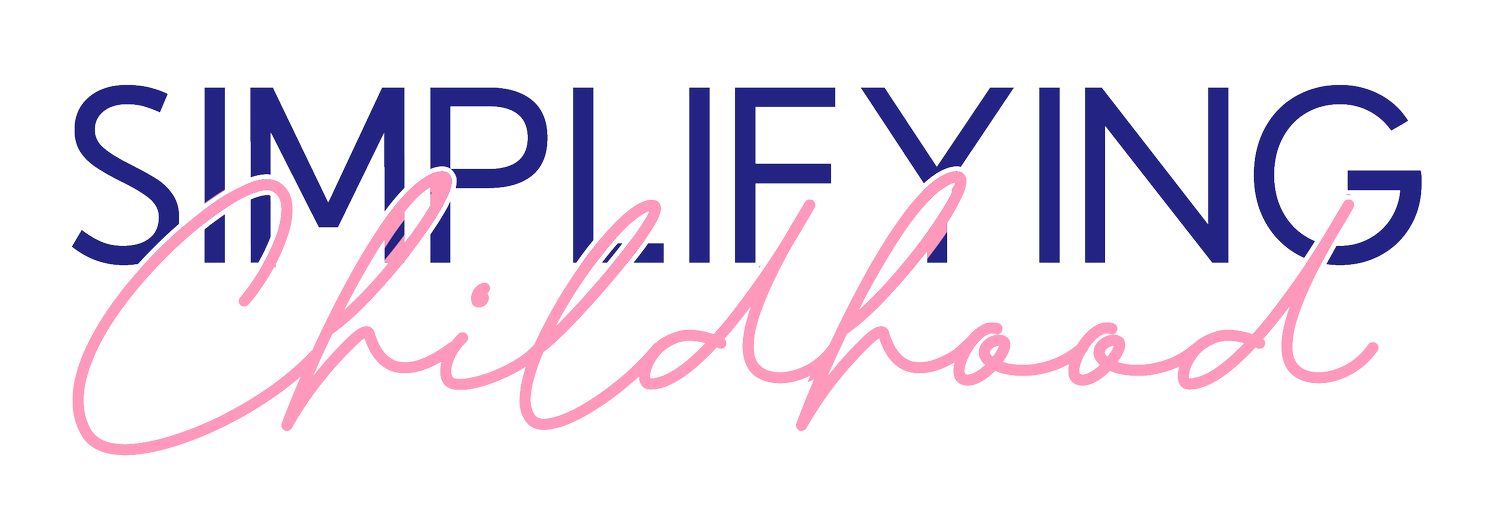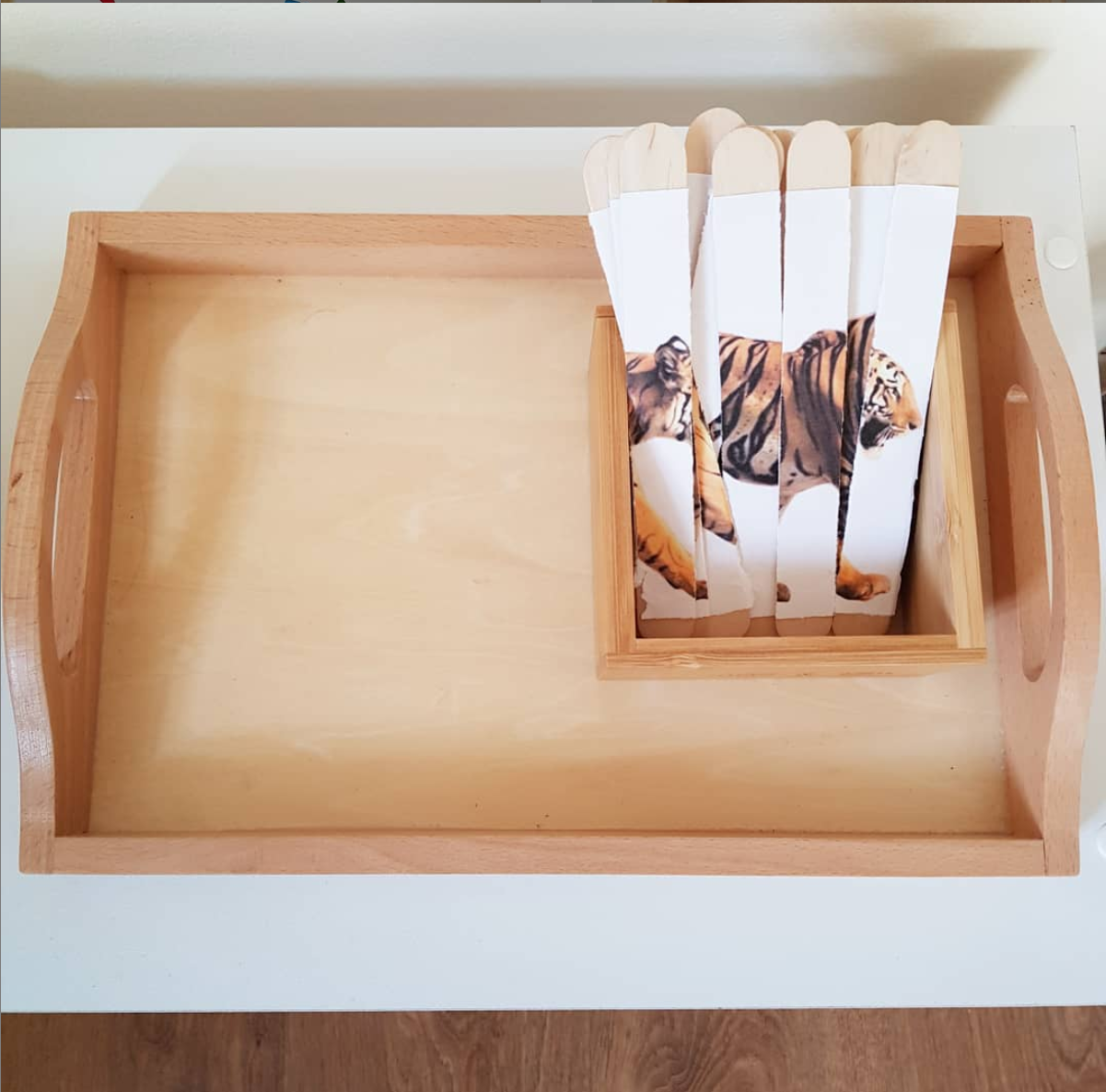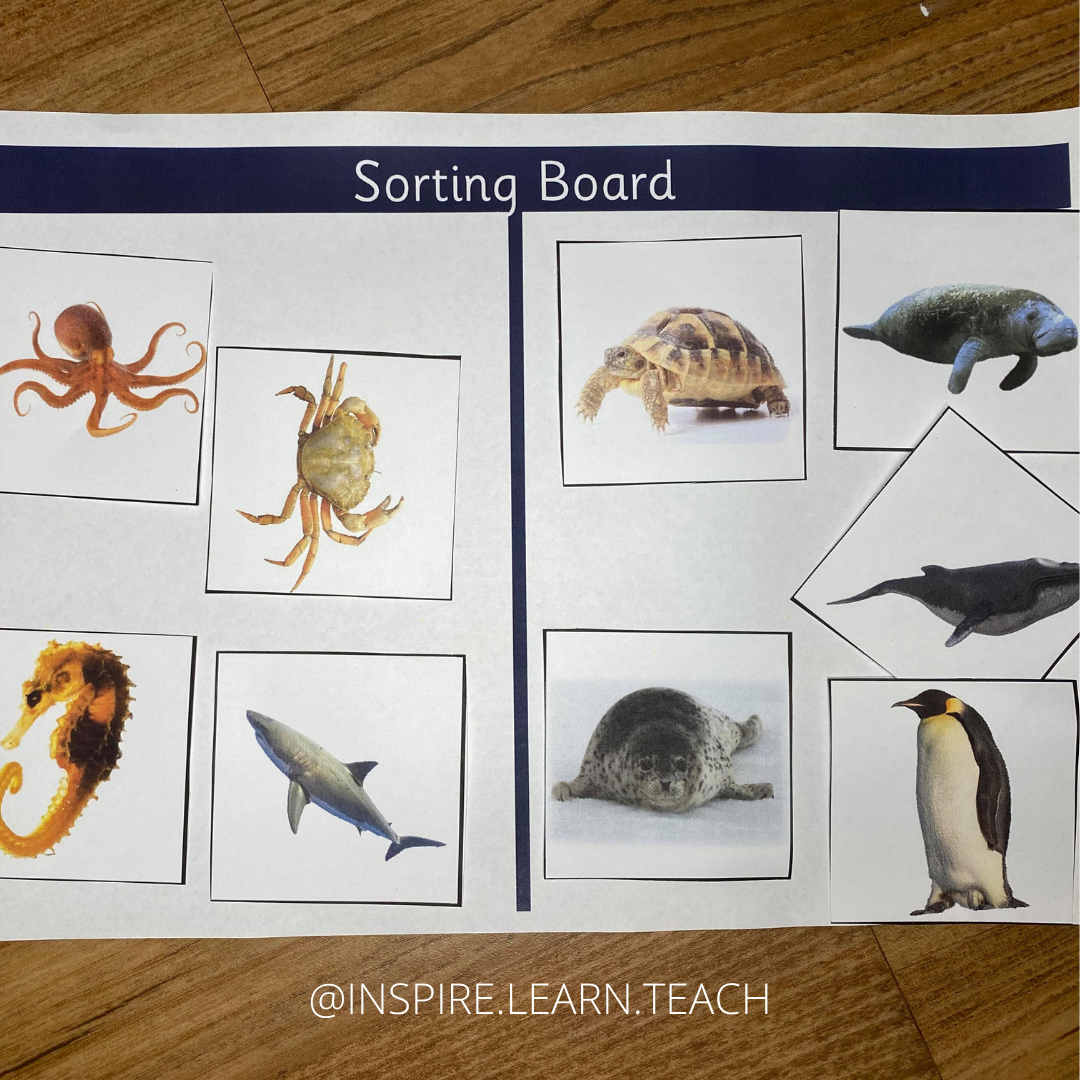5 More Ways to Use Flash Cards that Don't Suck
Okay so you have started using some flash cards but still don’t want to be THAT Mama. I’ve been there, I was told, don’t be that parent. I believed that this would make be a ‘bad’ Mama but the reality is so much more complex and truth be told, no resource in and of its self is bad, and using any particular resource doesnt make you a ‘good’ or ‘bad’ parent.
Flash cards get a bad rep. Its the image of parents sitting down and quizzing their children, pushing learning and pushing children to achieve more and be more. But I am here to tell you that this is only one way to use these cards and really just the tip of the iceberg. Including images in the environment allow for children to build their vocabulary and knowledge of the world around them.
As printable flash cards, these go beyond just seeking simple recall and it is up to your imagination to how far you can take this. My first blog on this covered 5 simple ideas using my Wild Animal Cards with everything from puzzles to family games.
So here are another 5 ways to use flash cards that dont suck plus, scroll down to grab my latest animal card freebie!
1. Stick Puzzle
This is genius! The McPherson family over at mshkmcp on Instagram, used my last set of animal cards to create a simple puzzle using lollipop sticks. To make this lay the stick down on the table next to each other, then glue the whole sheet of paper down one all the sticks at once. Let this dry, then using a sanely knife cute the paper in between the sticks.
Present this unfinished to invite your child to complete the puzzle. To build in self checking print an extra copy of that card to display in the tray.
2. Articulate
So I love this game and its a family favourite! Its perfect for older children and really challenges their thinking and vocabulary.
To play, pick up a card and without saying its name, describe it to the other person. Then swap players, you can add competition to see who can guess the most or who is able to describe the most animals.
If you go and download our wild animal cards you could adapt this further and describe the animal only through making their sound (its a little harder with the sea animals!)
Another way to play is use rhyme and you have to say what it sounds like. This is great for school aged children who are exploring rhyming.
3. Act Out
This idea is amazing and from Alana at My Strong Little Body. Alana is a paediatric physiotherapist with over 14 years experience working on the Gold Coast.
Print and shuffle the cards, pull one out and then act it out! You can mix in a range of animals but I can wait to see Little Ninja walk like a penguin and swim like a shark.
4. Sorting
In the download this month are a few different sorting boards and templates, but down fret if you dont have a set board all you need is to ask your child to separate the items or draw a line down a piece of paper and let your child explore.
Instead of defining categories, let your child sort the animals as they choose then ask if they can describe their choice. Then ask them to resort.
This encourages them to find similarities and differences between the animals based on their own characteristics. There is no right or wrong here, it can be colours, size, legs, sounds or just into piles of animals they like and dislike. Can you guess how I have sorted these animals?
5. Bingo
Last surprise in this download is some bingo cards! These are another way to play as a family. There is even a die to download and make!
Each card has the same 9 animals in different configurations so the goals is to get 3 in a row.
So why bingo, it extends matching activities, and start introducing family games.
Want more matching print 2 copies of the bingo boards and cut one up to use a as counters to cover the animals or you could laminate the bingo cards and then cross them off using whiteboard markers that then wipe clean.






